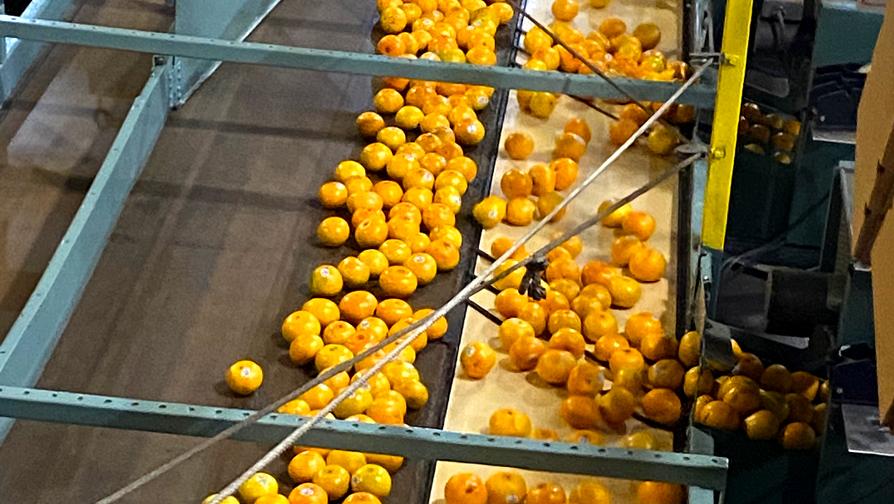What Coffee Production Might Look Like in 2050
According to statistics, more than 2.25 billion cups of coffee are consumed in the world daily. That’s every day! Did you know: More than 100 million farmers worldwide grow coffee? It’s a good thing there are so many to keep up with such high demand. Looking ahead though, coffee production might come to a grind due to climate change. A group of scientists are brewing up ideas for a climate smart coffee future.
Out of the two main species of coffee beans (Arabica and Robusta), Arabica is the most popular among drinkers. Predictions indicate, by 2050, about 80% of Arabica production will decrease because of climate change pressure. Felipe Ferrao, a University of Florida Research Assistant Scientist, along with colleagues from RD2 Vision in France and Incaper Institution in Brazil, is aiming to find alternative coffee cultivars.
Research results so far show Robusta might be a good candidate to supplement Arabica.
“Overall, the species produces more coffee than Arabica, using fewer inputs, such as fertilizer and water,” Ferrao says. “Our biggest challenge is to meet the demand for quality and productivity required by the coffee chain.”
For initial stages of the study, Ferrao and his colleagues evaluated Robusta and Arabica in three locations around high altitudes in Brazil for five years. Results showed Robusta is highly adaptable and grows in high altitude regions. Good production and flavor scores confirmed that.
“Robusta is flexible because it has a large diversity and therefore different plants can be selected, depending on the weather conditions,” Ferrao says. “Now we can shed some light on the fundamental question about the coffee of the future (climate smart coffee).”
With good results on Robusta in Brazil, scientists are now trying to see if it can grow in Florida. Multiple trials have been/are being conducted to test Robusta and Arabica in different locations around the Sunshine State.
“When compared to Brazil, the differences in the soil properties, rainfall distribution, temperature, and weather events will certainly impact the coffee production and its quality,” Ferrao adds.
Ferrao and his UF/IFAS teammates are growing coffee at the Tropical Research and Education Center in Homestead. In addition, efforts are underway to grow coffee in Pierson (Volusia County, Central Florida) and with indoor production using high tunnels in North Florida.
Stay tuned for more to come on this. In the meantime, pour yourself another cup of coffee and savor the flavor.









